Dalton Rhone – an American tourist recently traveled to Vietnam, exploring many provinces and cities such as Hanoi, Ha Nam (old), Ninh Binh, Hoa Binh (old) and Thanh Hoa.
In Thanh Hoa, Dalton visited Pu Luong, spent time exploring some of the local attractions and trying some delicious local food.

The Western tourist said he left Ninh Binh at 6am to get to Pu Luong early because he wanted to explore an interesting local market that only opens every Thursday and Sunday morning.
“I really want to visit this market because there are many cultural features of ethnic minorities such as Thai and Muong. I hope I can get to the market in time,” Dalton said.
The place that American tourists mentioned is Pho Doan market (Pu Luong commune, Thanh Hoa province).
When he arrived here, he saw that the market had many traditional features and attracted many tourists to visit.


During his short time at the market, in addition to tasting Doi seeds - a spice known as the "black gold" of the Northwest region, and learning about local fruits, Dalton was also introduced to some strange dishes such as bamboo worms, wild shrimp, silkworm pupae...
At first glance at these dishes, the Western guest "cried out". Not everyone is brave enough to try these dishes, but they are popular with the locals, considered a unique and delicious specialty.
At Pho Cao market, Dalton also bought a kilo of crispy persimmons to bring back to his homestay to enjoy.
“The atmosphere at the market was quite pleasant, with many interesting things. I got to try Doi and Mac Khen seeds – two typical spices that I have wanted to experience for a long time. I also bought some persimmons. Overall, it was a pretty successful trip to the market,” he said.


Dalton also expressed that, during his trip to Thanh Hoa, although he encountered unfavorable weather due to storms and rain, he was able to enjoy some famous delicacies of this land.
One of which is Co Lung duck.
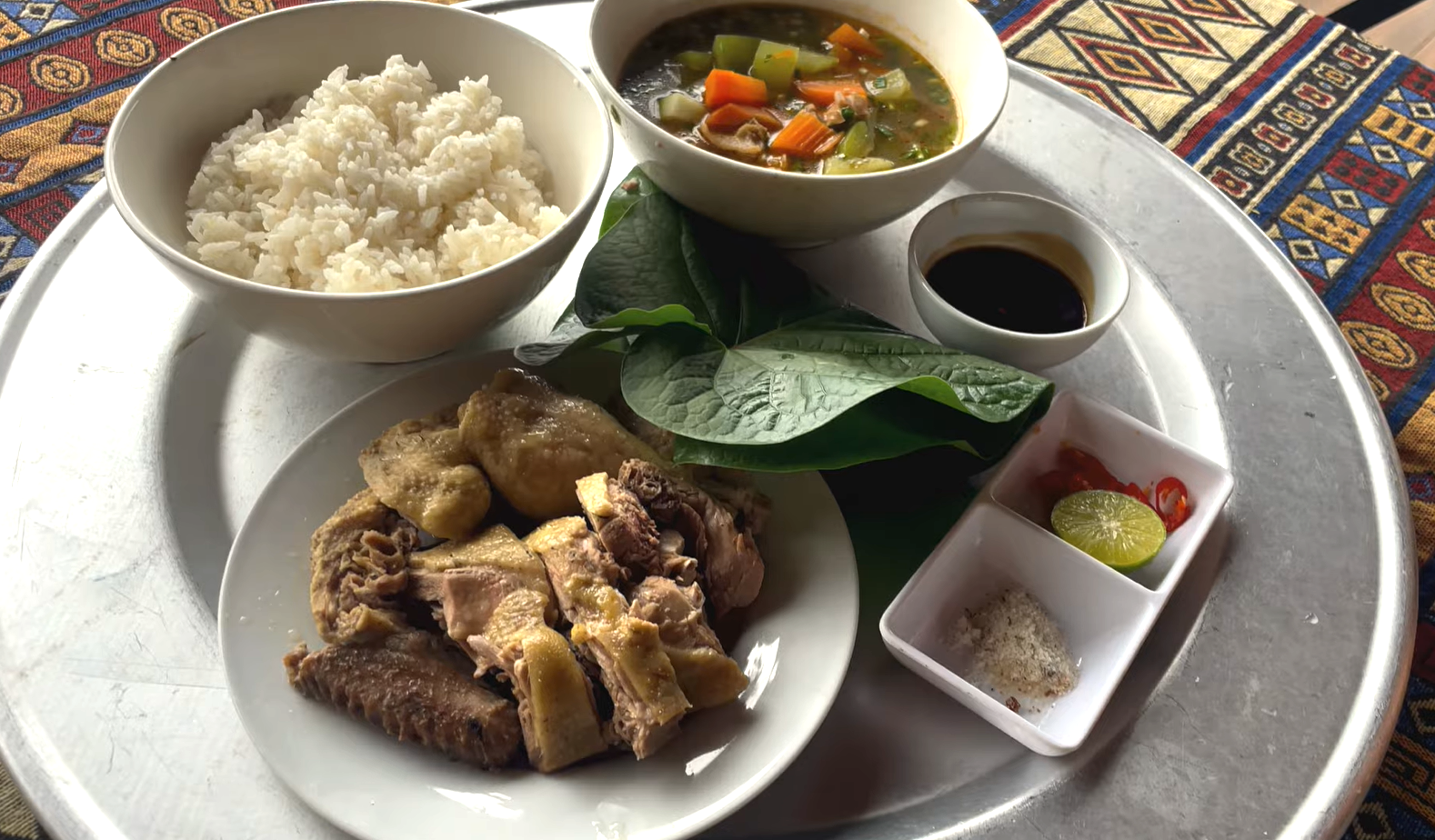
Co Lung Duck is a specialty duck breed of Co Lung commune (old Ba Thuoc district). It has the characteristics of a round body, short legs, a large, retracted neck, and a sparrow-like feather color, especially with a white border around the neck.
Previously, this breed of duck was often raised by the highlanders in Ba Thuoc on a small scale in rivers, streams, and rice fields near their homes, mainly eating corn and rice.
According to local people, the area where Co Lung ducks live is located in Pu Luong nature reserve, between the Nam Ba, Nam Muoi, Pha Le and Pu Luong mountain ranges.
Here, the climate is cool all year round, with clear, clean streams. Thanks to drinking clean water and using abundant natural food sources such as stream snails, small fish, shrimp, etc., Co Lung duck is considered to have a unique flavor, not mixed with any other duck species.
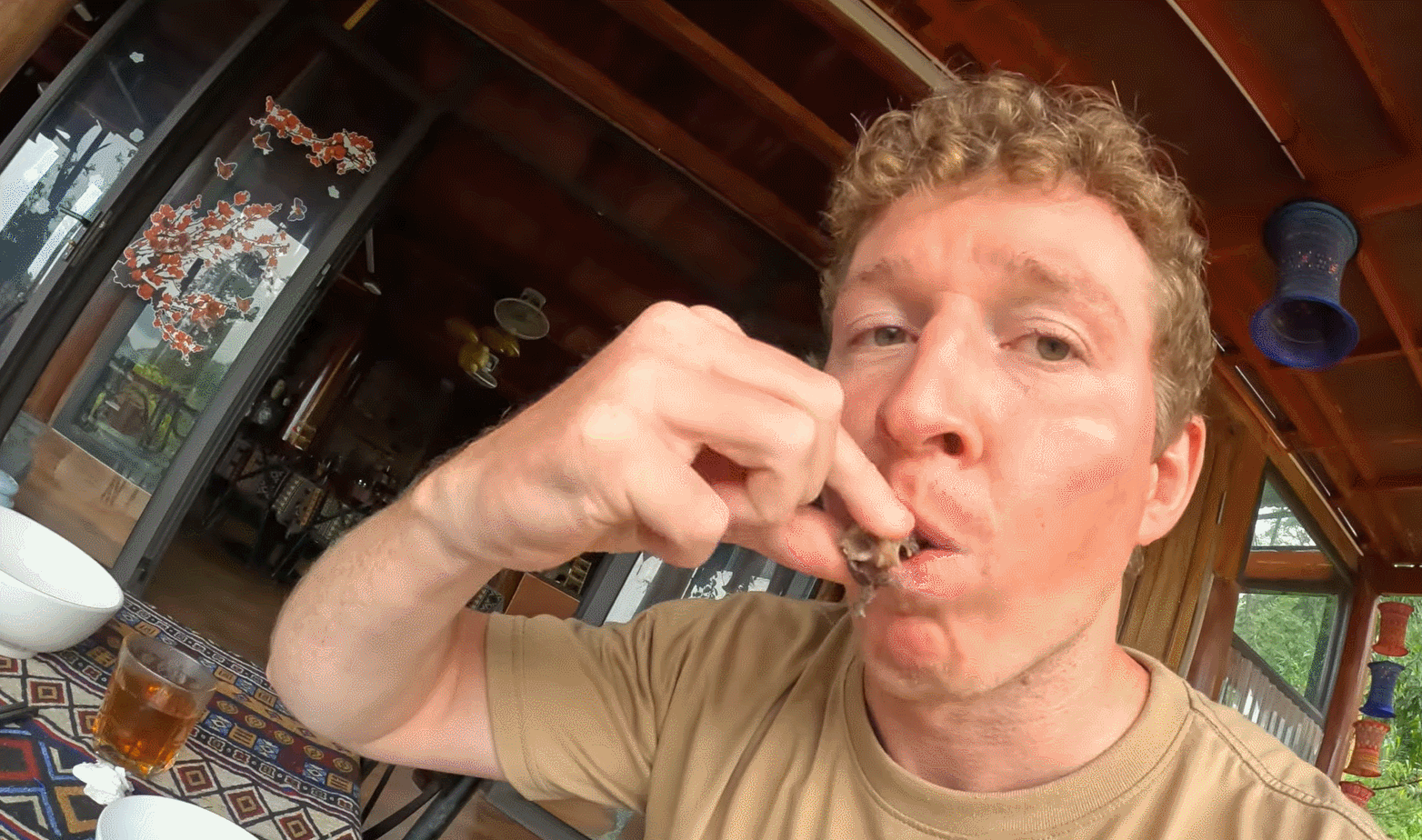
At the homestay, Dalton was served boiled Co Lung duck. He said that the ducks were raised naturally so the meat was firmer, less fatty and more chewy, so it didn’t feel boring to eat.
“When enjoying, you combine duck meat with betel leaves, dip it in salt, pepper, lemon or soy sauce, all are delicious,” Dalton shared his feelings.
Western guests also commented that Co Lung duck meat has a sweet taste, fragrant but not smelly, and is very attractive when eaten with betel leaves.
In addition to boiling, Co Lung duck meat is often processed into grilled and roasted dishes.
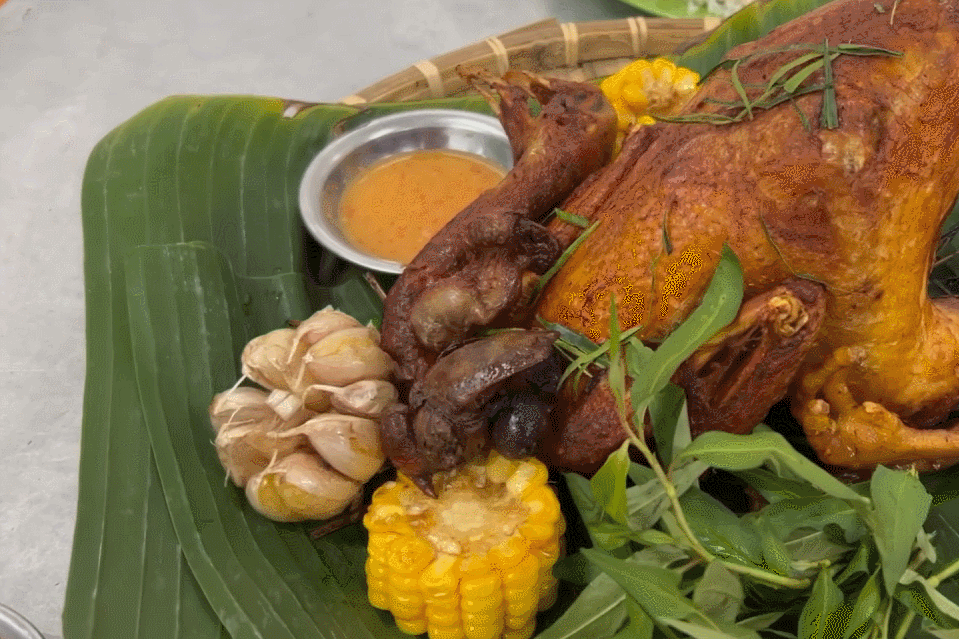
Source: https://vietnamnet.vn/khach-tay-thu-dac-san-ngot-thom-o-thanh-hoa-ghe-cho-que-xem-mon-di-nhung-ngon-2465540.html





![[Photo] Prime Minister Pham Minh Chinh attends the patriotic emulation congress of the banking sector](/_next/image?url=https%3A%2F%2Fvphoto.vietnam.vn%2Fthumb%2F1200x675%2Fvietnam%2Fresource%2FIMAGE%2F2025%2F11%2F24%2F1763981997729_tt-nhnn-jpg.webp&w=3840&q=75)


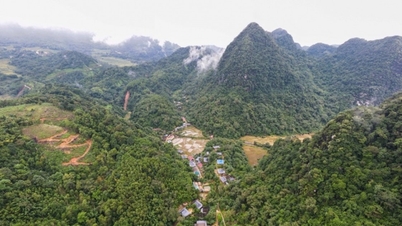







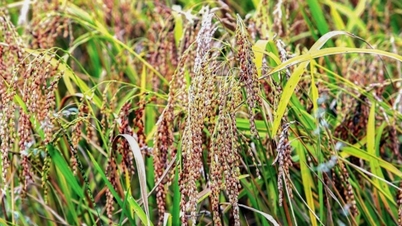








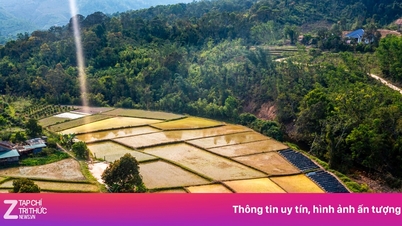











![[Photo] Next to the "mountain of trash" after the flood, Tuy Hoa residents strive to rebuild their lives](/_next/image?url=https%3A%2F%2Fvphoto.vietnam.vn%2Fthumb%2F1200x675%2Fvietnam%2Fresource%2FIMAGE%2F2025%2F11%2F24%2F1763951389752_image-1-jpg.webp&w=3840&q=75)




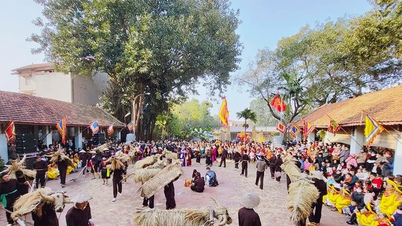

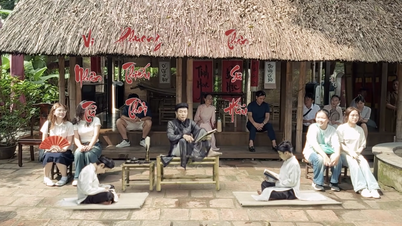



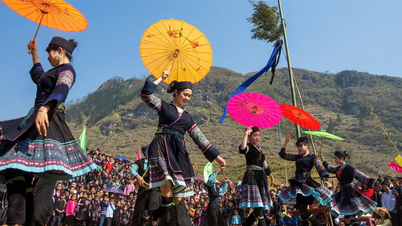










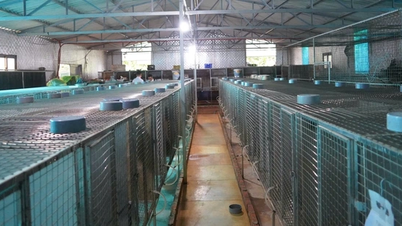

























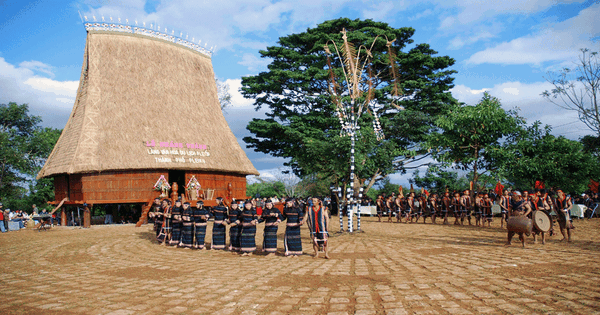


























Comment (0)